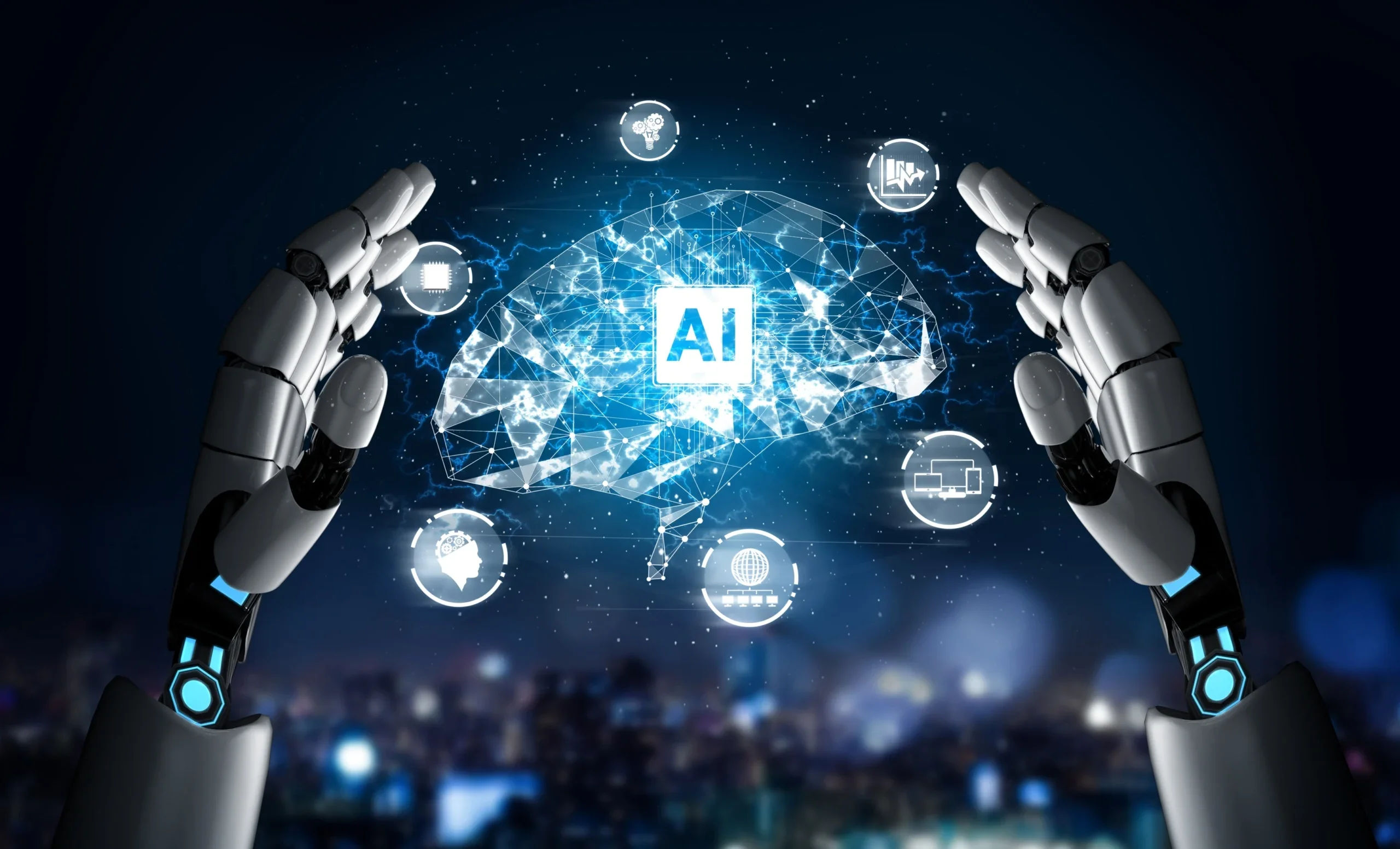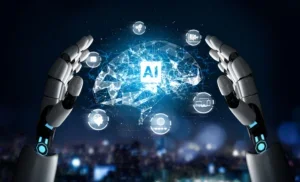The Role of Machine Translation in the Modern Translation Landscape
As businesses expand globally, the demand for translation services continues to grow. Machine translation (MT) has emerged as a significant player in this landscape, providing quick and cost-effective solutions for translating content. However, while MT offers many advantages, it also presents challenges that must be navigated carefully. In this post, we’ll explore the role of machine translation in the modern translation landscape, its benefits, limitations, and best practices for effective use.
1. What is Machine Translation?
Machine translation refers to the use of automated software to translate text from one language to another without human intervention. Popular MT tools include Google Translate, DeepL, and Microsoft Translator. These tools leverage algorithms and linguistic data to generate translations in real-time.
2. Benefits of Machine Translation
Machine translation offers several advantages that make it an attractive option for businesses:
- Speed: MT can process large volumes of text in seconds, making it ideal for time-sensitive projects. This rapid turnaround is especially beneficial for businesses needing quick translations for marketing campaigns, product launches, or updates.
- Cost-Effectiveness: MT is often more affordable than human translation, particularly for large projects. Businesses can save money while still providing multilingual content.
- Scalability: MT can handle the translation of vast amounts of content, enabling businesses to scale their operations and reach new markets without the constraints of traditional translation methods.
3. Limitations of Machine Translation
Despite its benefits, machine translation has several limitations that users should be aware of:
- Quality Concerns: While MT has improved significantly, the quality of translations can vary. Machine-generated translations may lack the nuance and cultural context required for accurate communication. This is particularly true for complex texts or those containing idiomatic expressions.
- Inaccuracy with Specialized Content: MT struggles with specialized terminology found in legal, medical, or technical documents. In such cases, human translators are often necessary to ensure accuracy and precision.
- Lack of Context: Machine translation algorithms may not fully grasp the context in which certain phrases or terms are used, leading to awkward or incorrect translations.
4. The Human-Machine Collaboration
To maximize the benefits of machine translation while mitigating its limitations, many organizations are adopting a hybrid approach that combines human expertise with MT.
- Post-Editing: After an initial machine translation, human translators can review and edit the output to enhance accuracy and fluency. This process, known as post-editing, helps ensure that the final product meets quality standards.
- Quality Assurance: Establishing a quality assurance process that involves both MT and human review can enhance the overall quality of translations. This dual approach allows businesses to leverage the speed of MT while benefiting from the nuanced understanding of human translators.
5. Best Practices for Using Machine Translation
To effectively incorporate machine translation into your workflow, consider the following best practices:
- Define Use Cases: Determine the types of content suitable for machine translation. MT is best for large volumes of straightforward text, such as product descriptions or FAQs, but less suitable for marketing materials or legal documents that require precision.
- Choose the Right Tool: Select an MT tool that meets your specific needs. Different tools may excel in different languages or contexts, so do your research to find the best fit.
- Train Your Team: Educate your team about the capabilities and limitations of machine translation. Understanding how to use MT effectively will lead to better outcomes and more informed decisions.
- Monitor Performance: Regularly evaluate the performance of your machine translation tools and processes. Gather feedback from users to identify areas for improvement and adjust your strategy as needed.
6. Future Trends in Machine Translation
The future of machine translation is promising, with ongoing advancements in artificial intelligence (AI) and natural language processing (NLP). Key trends to watch include:
- Neural Machine Translation (NMT): This technology leverages deep learning to improve translation quality by considering entire sentences rather than individual words. NMT systems are becoming increasingly sophisticated, leading to more accurate and context-aware translations.
- Integration with Other Technologies: Machine translation is being integrated into various platforms and applications, such as content management systems (CMS), customer relationship management (CRM) tools, and chatbots, enhancing accessibility and user experience.
Conclusion
Machine translation plays a vital role in the modern translation landscape, offering speed and cost-effectiveness for businesses looking to expand globally. However, it is essential to recognize its limitations and adopt a collaborative approach that combines human expertise with MT. By implementing best practices and staying informed about future trends, businesses can effectively leverage machine translation to enhance their global communication efforts and reach diverse audiences more efficiently.



Post Comment